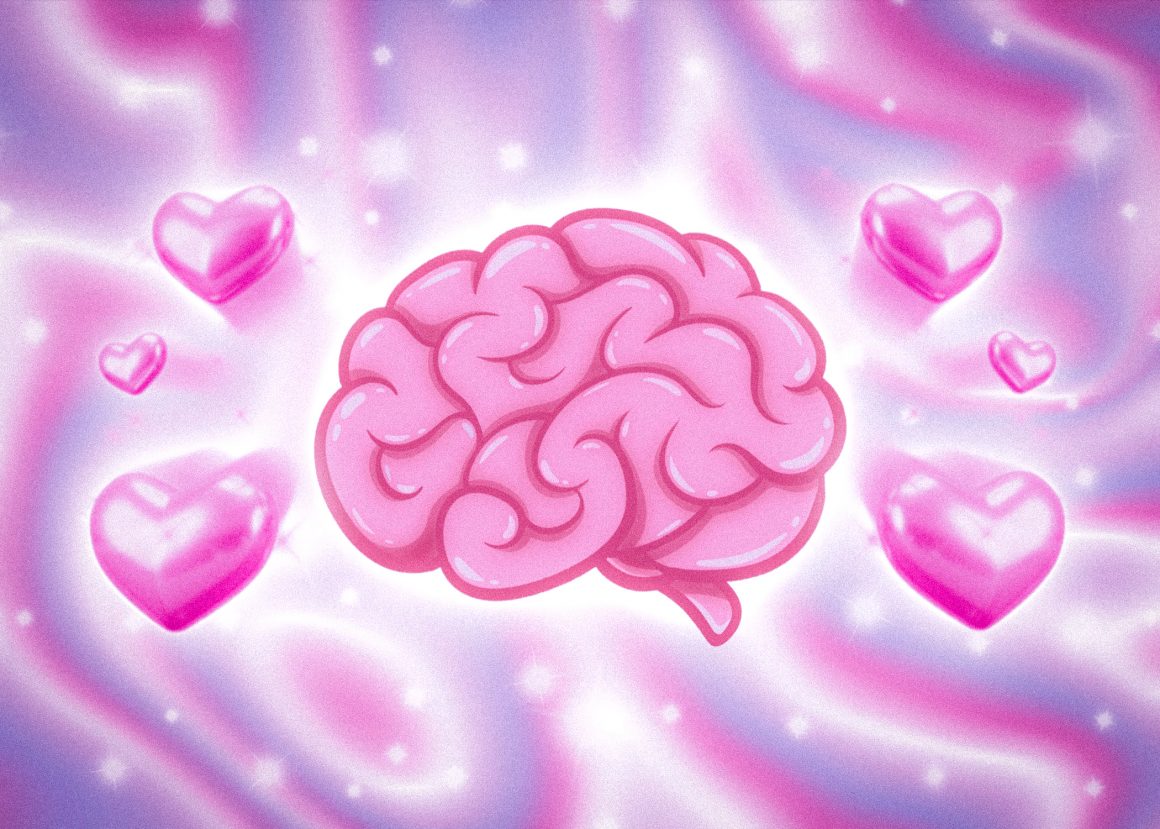
Love on the brain
By Ansharah Shakil, February 12 2024—
Love might seem inexplicable, but in some ways, love is a science. So much of our literature, music and philosophy is about love, and science is a bit behind the game in comparison when it comes to defining what love really is. What science can do, however, is break down love until we can understand why it occurs, why it’s so important to us and our brains and how that transfers to our bodies. A recent study by the University of Colorado (CU) Boulder has found that desire creates a chemical imprint, and that love leaves a mark on our brains.
The study focuses on prairie voles which form relationships like mammals, using neuroimagery technology to discover what happens in the brains of the voles as they interact with their partner. Activity was tracked by a tiny fibre-optic sensor in the vole’s nucleus accumbens, the region of the brain which motivates humans to seek rewards and the region of the brain that lights up when we hold someone’s hand. The sensor lit up whenever it sensed dopamine, which it did whenever the vole saw its partner, in clear contrast to when the animal saw a random vole.
Most of us know that love stimulates dopamine and adds to levels of serotonin. Early love ramps up those sensations to an obsessive, infatuated stage which generally eventually calms down with increases in the neurotransmitter oxytocin. Romantic love isn’t the end-all, be-all of relationships — platonic and familial love are just as important — but some of the emotions it creates can be explained by science, which splits it into three categories: lust, attraction and attachment. The first releases testosterone and estrogen; the second releases dopamine, serotonin and norepinephrine; and the third releases oxytocin and vasopressin. Love hasn’t been proven to make you physically sick, but for anyone who’s ever felt sick about love, it does raise your levels of the stress hormone cortisol. The positives and negatives behind love can be understood through its scientific and biological elements.
According to the CU Boulder study, dopamine can vanish after time spent apart. What this also suggests is that we have more dopamine being with someone we love than we do with a stranger, and that there is a reason we prefer being with certain people over others. Another experiment in the study had the vole couple kept apart for four weeks, which is a lifetime for rodents and long enough for them to find another partner. Upon being reunited, the dopamine surge they had experienced before had nearly vanished, which could suggest that while love might mark the brain, the brain has a mechanism that can protect us from unrequited love. Absence might make the heart grow fonder, but an eternity without any reinforcement from the love we once felt is something the brain might try to protect us from, to allow us to make new bonds.
More research is required to figure out how the voles compare to humans, but the study could be extremely important for people suffering from grief or intimacy issues. With all of the current and future research about how our brains work, the mystery of love might eventually be completely answered by science.
